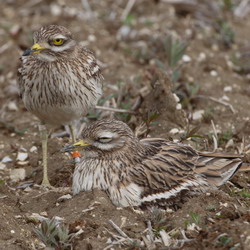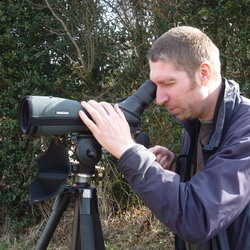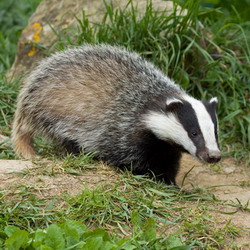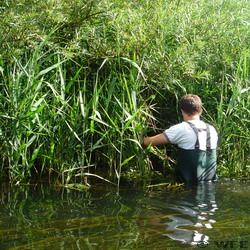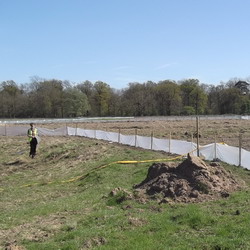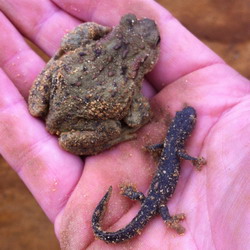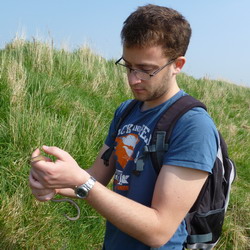Demolition in progress
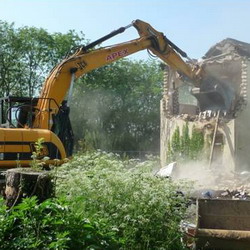
Demolition in progress
WFE was commissioned on behalf of a developer to undertake a protected species survey on a derelict house, associated outbuildings and property near Huntingdon, Cambridgeshire. The appraisal ruled out the potential for great crested newt impacts, but identified bats using the house to roost. Therefore, an EPS license was needed to legally carry out the demolition of the house. WFE’s licensed bat workers completed further bat activity surveys to satisfy the conditions for an EPS license application.
WFE’s ecologists assisted the client in detailed negotiations with Huntingdon District Council to obtain planning permission for the project and to agree suitable planning conditions.
Once planning permission was granted, WFE successfully applied for an EPS license on behalf of the client. Bat exclusion measures were enacted and the demolition was carried out to schedule under the supervision of an ecologist, as per the license agreement with Natural England. Compensatory bat boxes were erected on trees within the site and three more boxes have been mounted on the completed new builds, which will provide additional bat habitat on the developed site.

